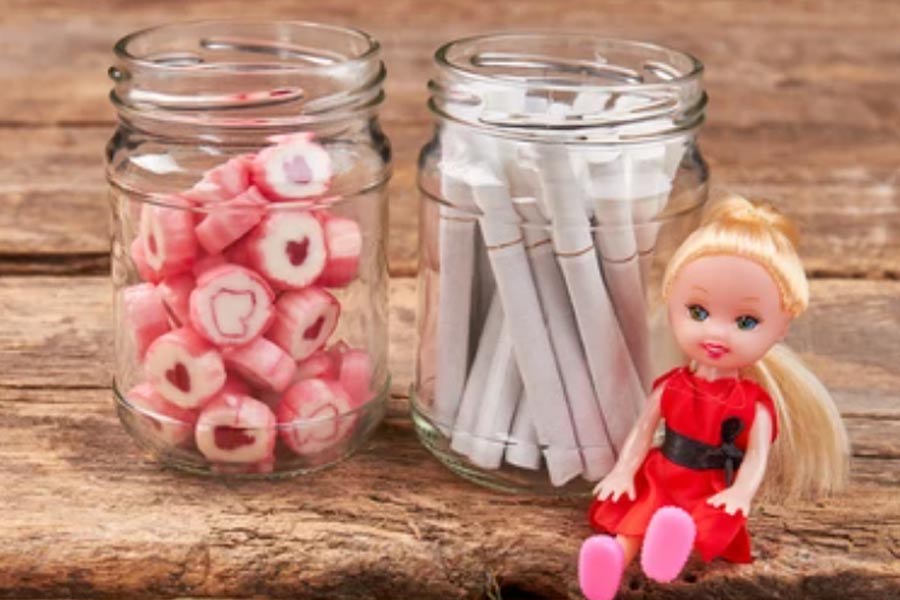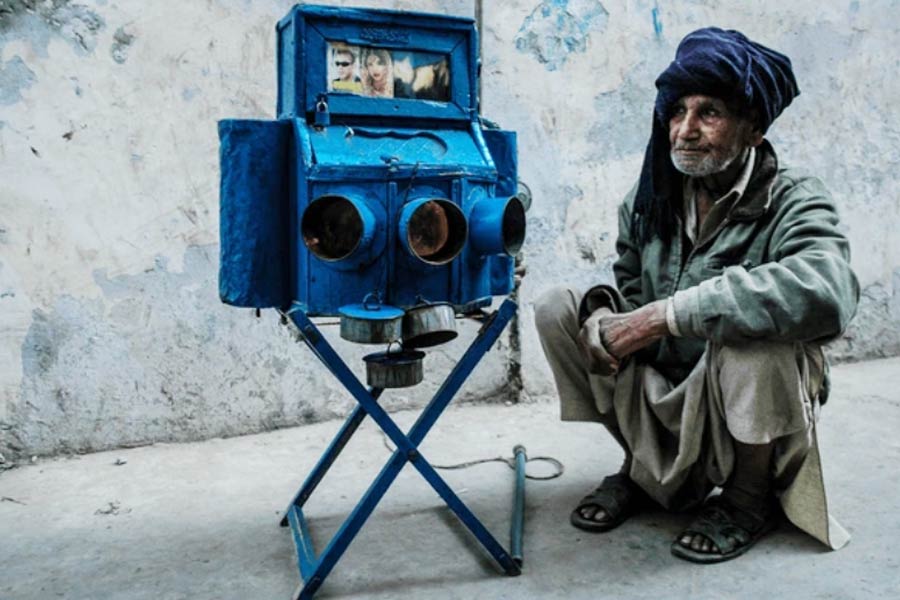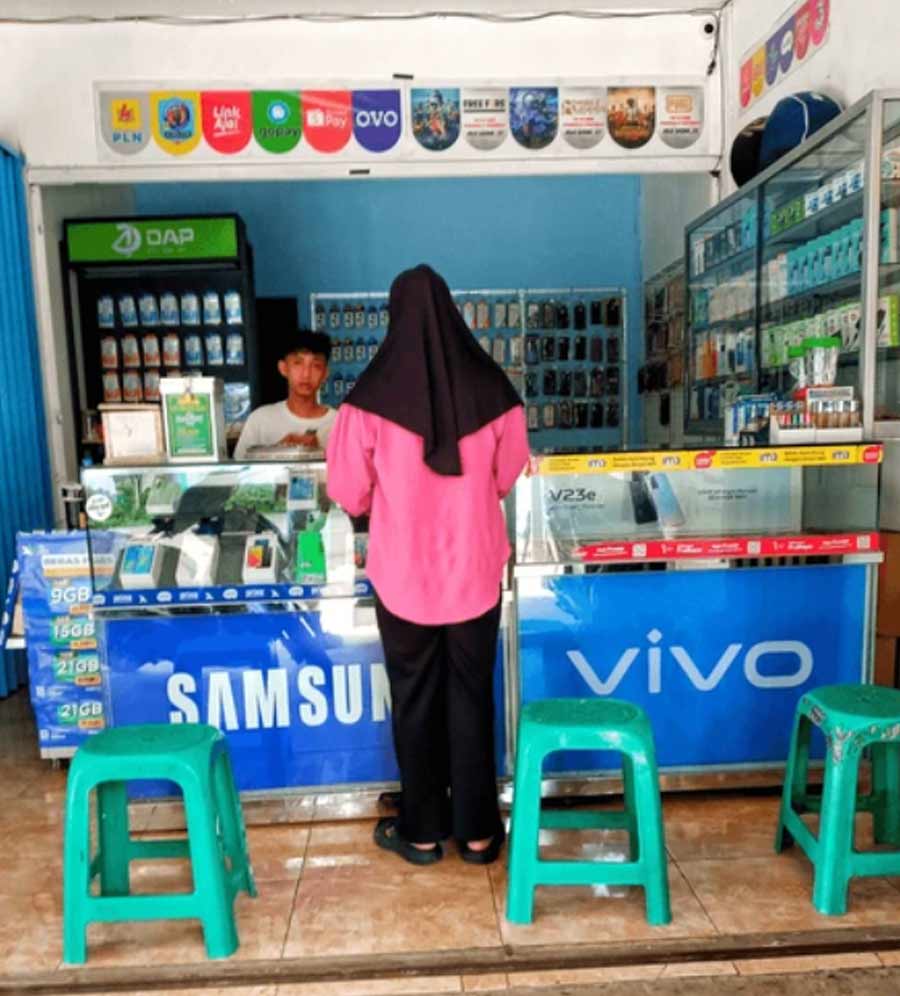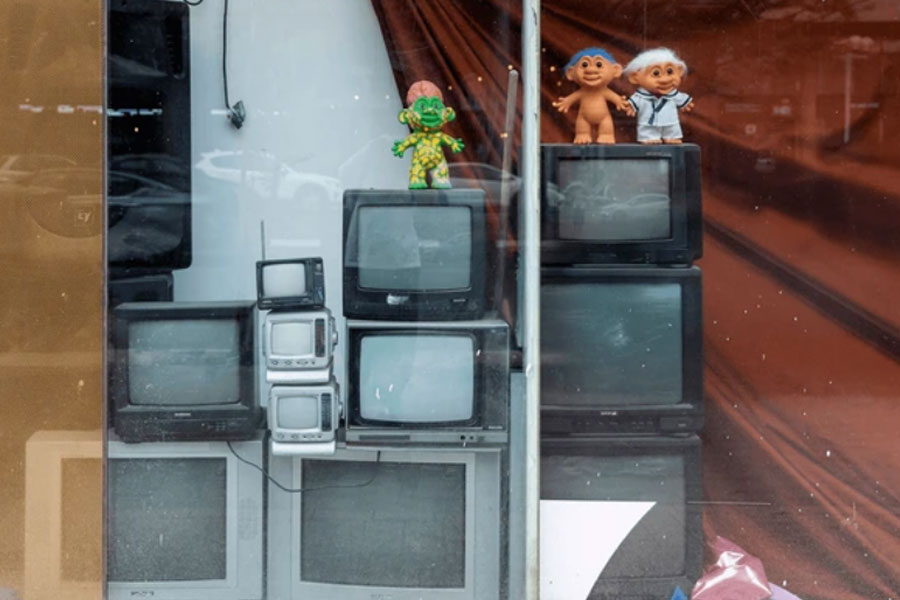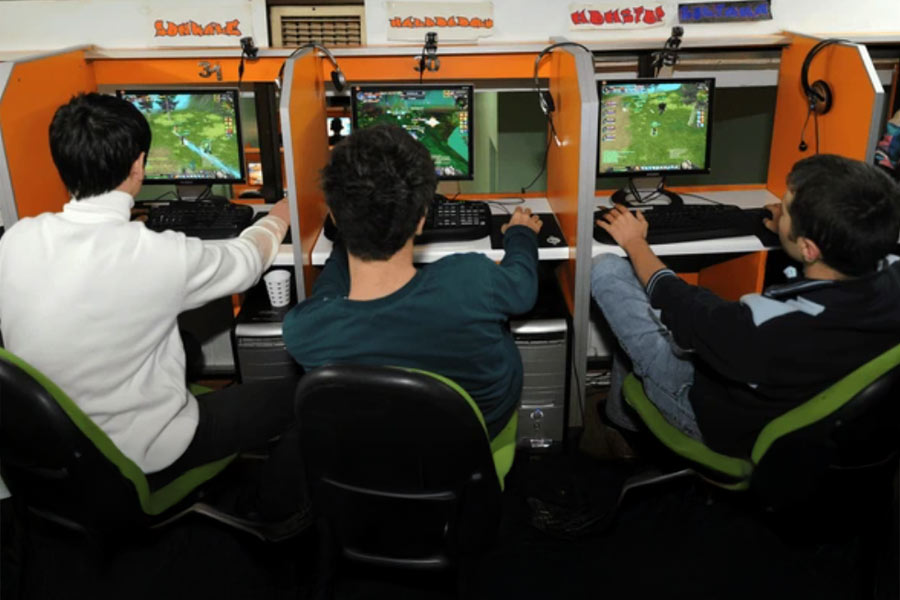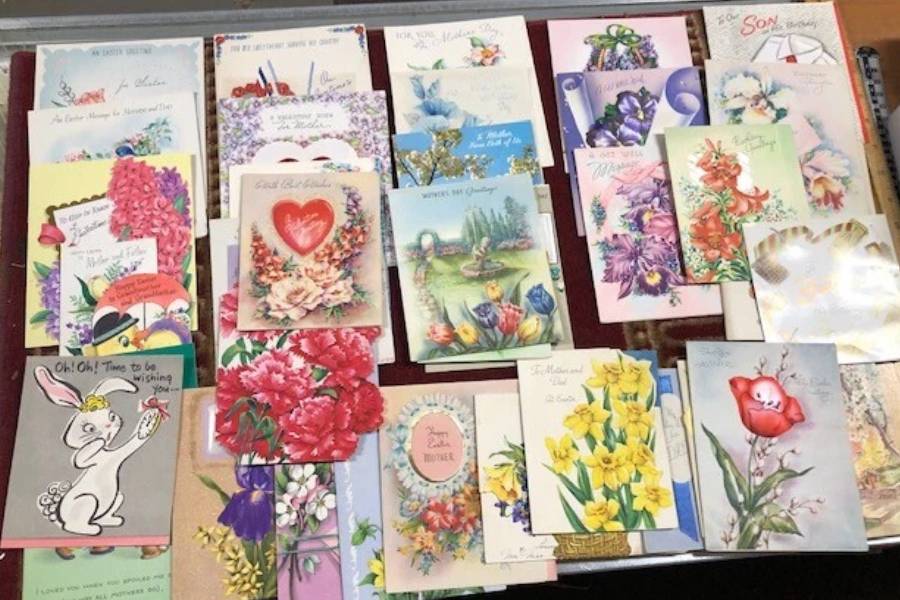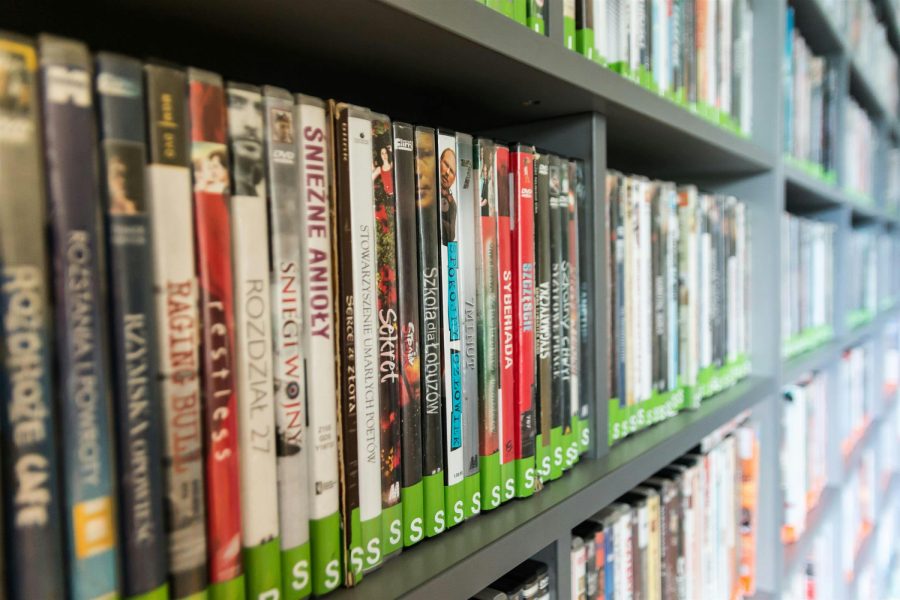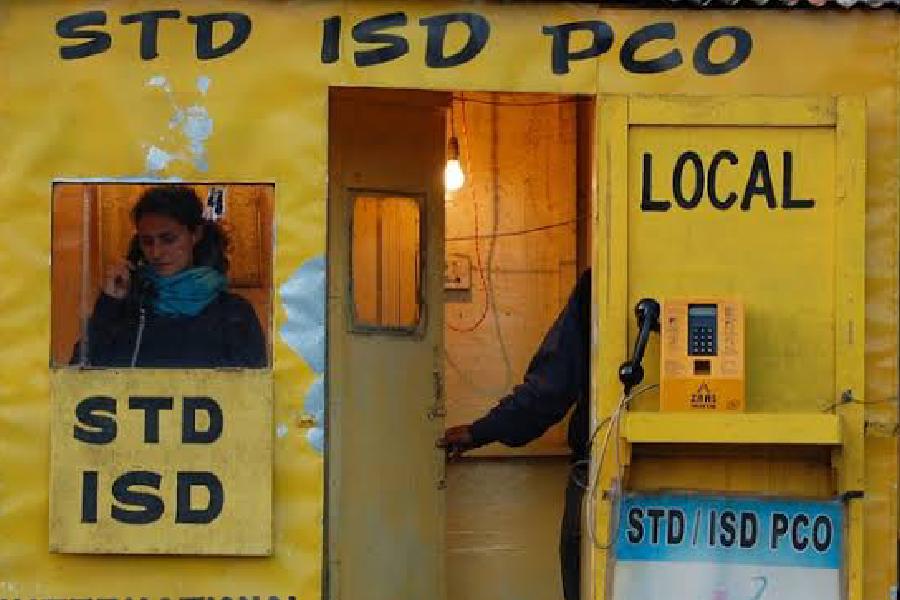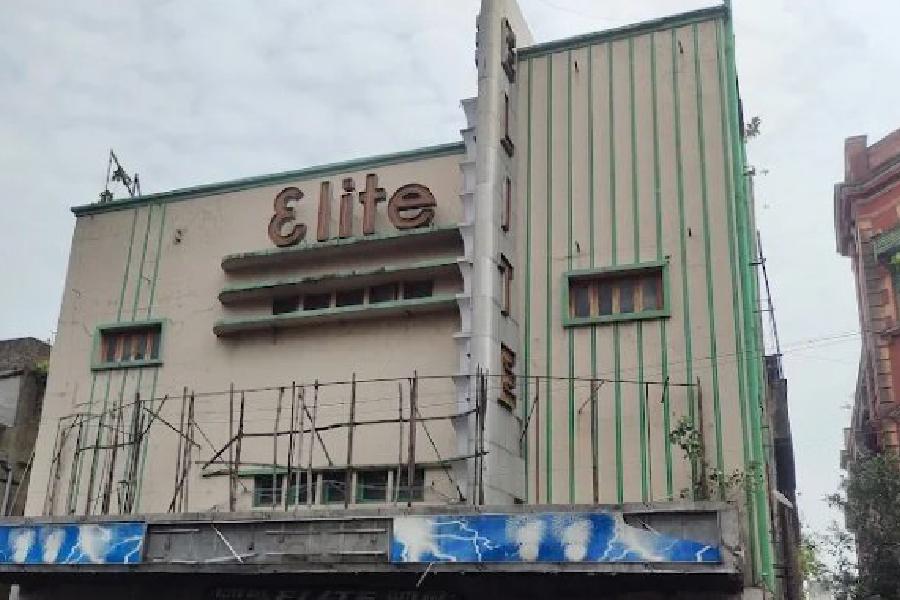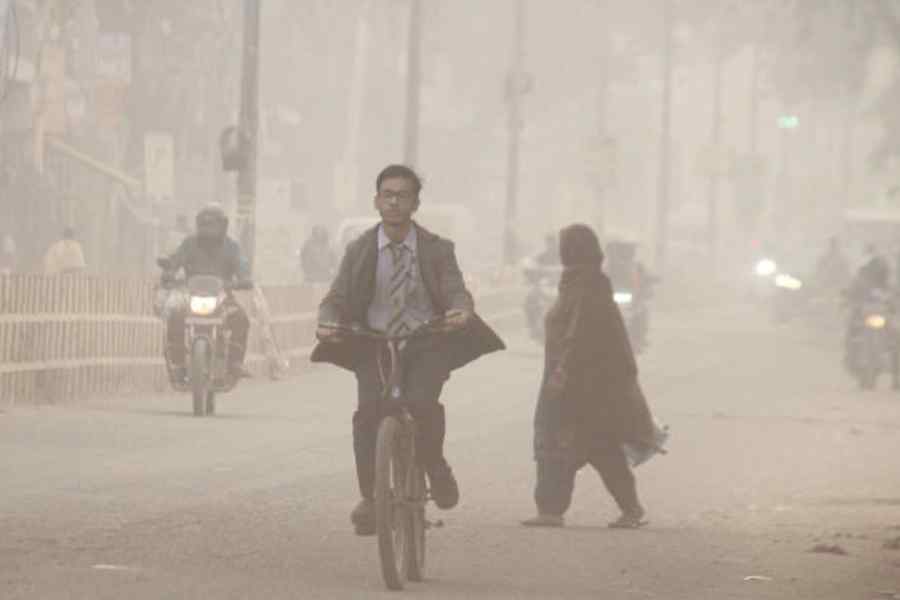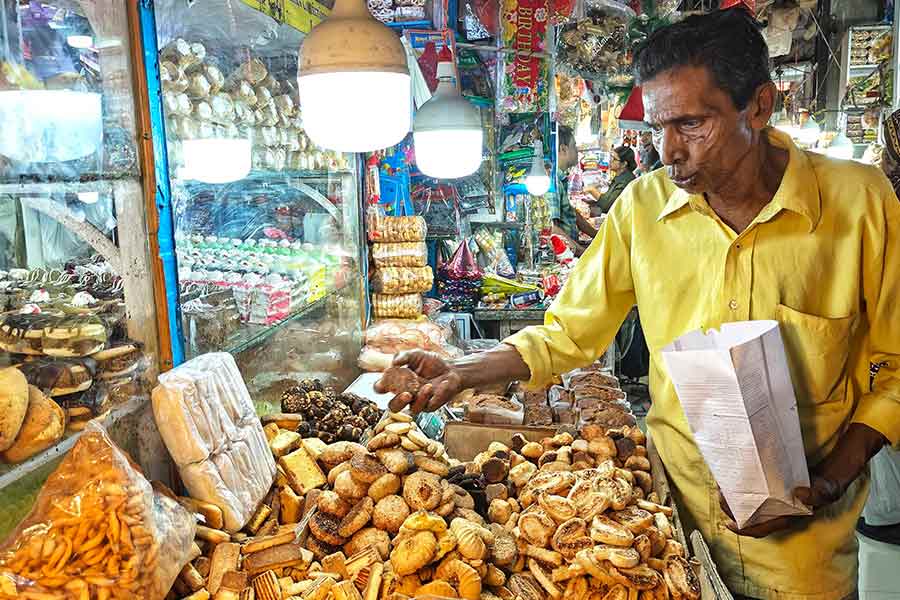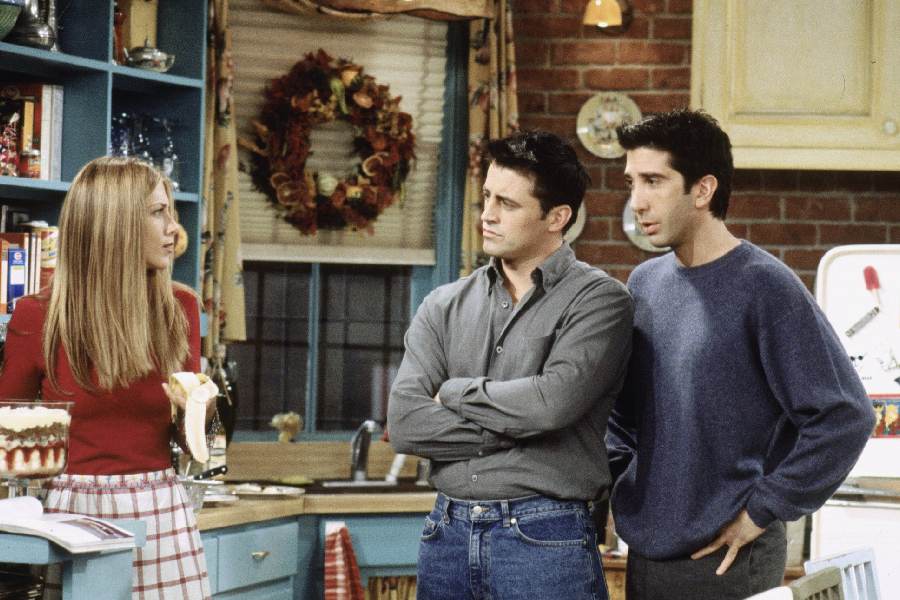Remember visiting cyber cafes to chat with your friends on your newly opened Orkut account? Or waiting at an STD booth to make a phone call home?
Those cool cigarette-shaped candies were a priced possession at school, and the Pepsi ice pops had to be had discreetly — remember how our mothers scared us saying it was made of naalir jol (drain water)?
As our lifestyles changed, these small pleasures subtly disappeared. What used to be exciting and a source of connection is now only a memory.
Here’s a look back at those simple delights that have faded away, now remaining as cherished fragments of 90’s nostalgia.
Bioscope
It was thrilling to stand tirelessly in queues at melas (fairs) during festivals, eager to press your eyes against a magic box that seemed a cross between a kaleidoscope and a movie theatre. A friendly ‘dada’ or ‘kaku’ would turn a lever and, lo and behold, a picture-perfect world would unfold before us. From Bollywood stars to majestic animals, the slideshow would leave us amazed and spellbound.
No OTT. No reels. Just a tiny box, a popular song and a series of images bringing every child’s dream world to life.
Mobile recharge shops/ Recharge scratch cards
Mobile recharge is now just a click away — convenient, time-saving and fuss-free. Yet for ’90s kids, nothing quite matches the charm of scratch cards.
Buying SMS or voice call cards worth Rs 50 or Rs 100 and carefully scratching off the silver strip with a coin or a key was a small yet satisfying ritual. This is something that today’s instant recharge can never replicate.
Cathode Ray TV
Television in India officially began in 1959, with an experimental telecast by the State-run broadcaster Doordarshan in New Delhi.
Almost extinguished now, Cathode Ray TVs (CRT) evoke nostalgic memories of simpler times when families gathered around the bulky, flickering screen to watch their favourite shows together.
Invented in 1897 by the German physicist Karl Ferdinand Braun, it was originally developed as a scientific device and was later adapted for use in television.
CRT TVs first showed images in black and white, using shades of grey. Visiting grandparents’ house meant watching old movies on their black-and-white CRT TV in the afternoons.
Though replaced by LCD and other flat-panel displays, CRTs and old shows are remembered for the warmth and happiness they brought to homes.
Cyber cafe
Before AI bots made things easy, Wikipedia helped with school and college projects — and cyber cafes were where they were accessed. Sometimes, forms had to be downloaded and filled out there. It was the go-to place for photo printouts, video games, checking exam results, filling college forms, and doing research — everything available in one spot before people started owning their own desktops and had the internet access at home.
In those buzzing cyber cafes, every minute online was precious. From chatting on Orkut to exploring new sites, cyber cafes were the heart of early internet days, full of stories and shared excitement, making the digital world accessible to all.
The value of the internet at cyber cafes was much greater compared to recent times.
Greetings cards
As the calendar turned to the first day of those freezing and foggy January mornings, rushing towards the school just to bag as many New Year greeting cards as possible had its own charm.
Those brightly printed cards, which now have taken refuge between the pages of a once-cherished novel that you might have forgotten today, still sparkle. As we leave most of our WhatsApp texts on read today, ignoring every forwarded GIF to mark New Year, the vaguely remembered cards remain a keepsake that preserves memories and people with whom we don't talk anymore.
So, pause and breathe, take a look back and find old cards in your time capsule. How many did you find?
Bohurupi
As the fading golden haze of the afternoon lights coated the fatigued alley, a sudden damru sound enthused a slumbering locality. Peeking through the windows, we used to catch a glimpse of a small group of quirky-dressed people. Those people, or performers, imitated Hindu mythical characters — laughing, chanting, and narrating lines of folklore. They were nothing but called Bohurupi. Though the Bohurupi practice is still very much present in pastoral areas, their visits are now almost rare in the cities.
However, back in the ’90s, Bohurupi not only popularised folklore teachings among civilians but also, once in a while, brought light and laughter to a mundane day.
Cassette and DVD shops
Every ’90s and early 2000s kid remembers the thrill of visiting DVD shops and renting a CD for movie nights with family and friends. Long before we entered the binge-watching era with the advent of OTT platforms, these stores were our only portals to cinema and music.
Take a stroll down memory lane and imagine: shelves stacked with shiny discs, racks neatly labelled for cassettes and an old shopkeeper who always had a recommendation ready. For many of us, keeping an eye on our friend to avoid scratches on CDs and rewinding a cassette with a pencil were everyday rituals that we hardly talk about now.
Cut to 2025, most of these shops have vanished from the lanes of Kolkata as streaming platforms and hundreds of watch-online options have taken over. But for the city millennials, the memory of standing in queue to buy a movie CD and debating which one to take home still remains a bittersweet reminder of a free-spirited time when there was ample comfort in inconvenience.
STD booths
Gen-Z kids who accuse their friends of ghosting them if they don't respond to their DM on the Gram for an hour would never be able to fathom the excitement of going to a STD booth to speak to your loved ones.
There was a time when yellow signboards screaming "STD-ISD-PCO" booths were visible in every para. Families depended on these small cabins to keep in touch with relatives outside the city, with conversations often timed by the minute.
These booths witnessed strangers exclaiming in joy, breaking down after receiving bad news, and even hosted customers waiting patiently every week at the dotted time for a scheduled call. The booths did brisk business through the late 1990s, and early 2000s. But with the arrival of affordable mobile phones, their relevance quickly declined.
Single-screen theatres
Anyone who has grown up in Kolkata in the 1990s would surely have fond memories of watching English movies at Globe, or visiting Basusree in Hazra for the latest Bengali release. Single-screen cinemas once dominated the city.
Halls like Metro, Lighthouse, Paradise , Elite, Roxy were landmarks. The rise of multiplexes in the 2000s, followed by the streaming boom, pushed most of these halls into closure, or being converted to shopping malls. Few theatres like Priya, Menoka or Navina still continue to operate, but are struggling with dwindling footfall.
